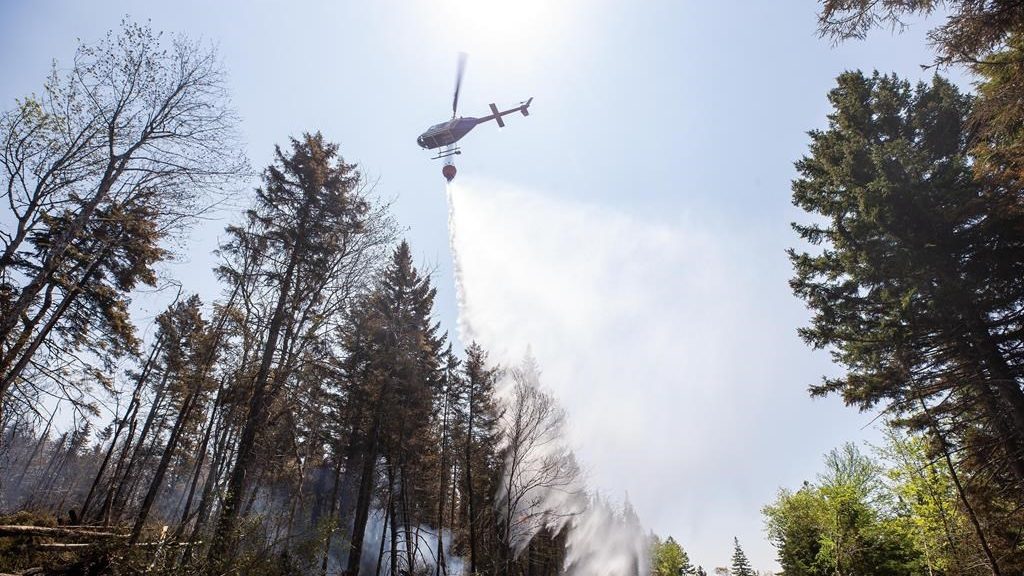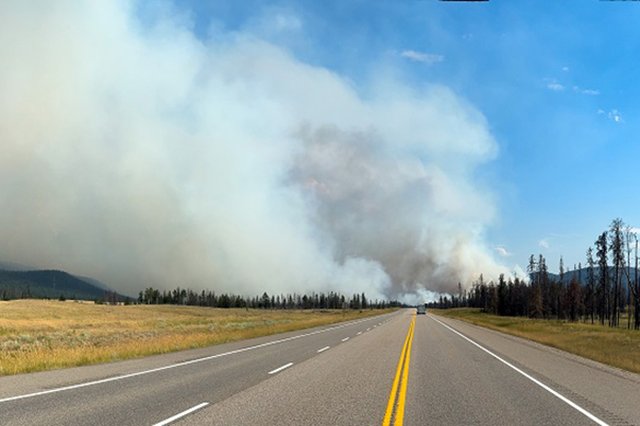Canada to see ‘greater wildfire risks’ due to drought, heat this summer

Posted May 9, 2024 12:14:45 PM.
Last Updated May 9, 2024 12:35:25 PM.
The federal government believes much of Canada will see above-normal temperatures and less precipitation this spring and summer, setting the stage for strong wildfire conditions across the country.
In an update Thursday, the federal Ministry of Public Safety explained the expected weather conditions in the coming months will “lead to greater wildfire risks.”
The ministry explained the ongoing El Niño weather pattern and the climate crisis are fueling the lack of precipitation and warmer temperatures.
“Drought conditions have been observed over the last 12 months across the country along with above normal temperatures,” the feds explained. “ECCC is forecasting continued above-normal temperatures nationwide for the spring and summer period.”
As of Thursday, there are 87 active wildfires burning across Canada. In Nova Scotia, there are no fires actively burning, but to date, 41 blazes have burned about 39.09 hectares. Twelve fires have burned in the last seven days and two in the last 24 hours as of May 9, according to the province’s wildfire map.
The federal government is particularly concerned about western Canada, with the ministry saying drought is expected in “high-risk” regions in May, including the northern Prairies and interior B.C.

According to Environment and Climate Change Canada data, much of the nation has seen 25 per cent less precipitation than normal over the last 12 months.
While the eastern part of the country saw precipitation in March and April, the weather service says western Canada “remained dry.”

ECCC says there’s a high probability for “above-normal temperatures through May to July 2024, particularly in high-risk regions. Potential for above normal precipitation over southern Prairies and below normal over northern Alberta in May.”
Due to the lack of rain, the wildfire risk for western Canada increases rapidly between May and June, the ECCC says.
“Areas of intense drought continue to elevate risk: northeast BC, northwest AB, southern NWT,” the feds said Thursday. “Potential for above-normal fire activity: eastern BC; central/northern Prairies; southern NWT; eastern ON; western QC.”

By June, the area of very high or extreme forecast severity is much broader, covering almost all of B.C., Alberta, Saskatchewan, and parts of Manitoba.








